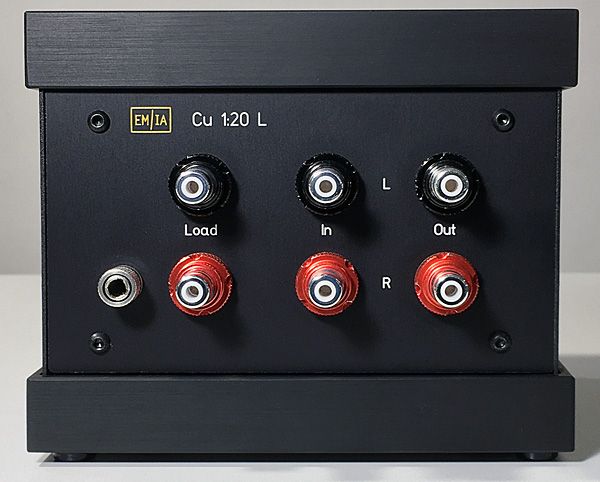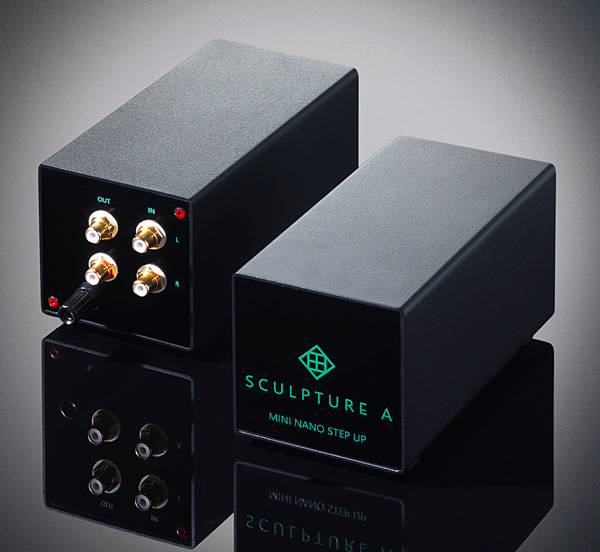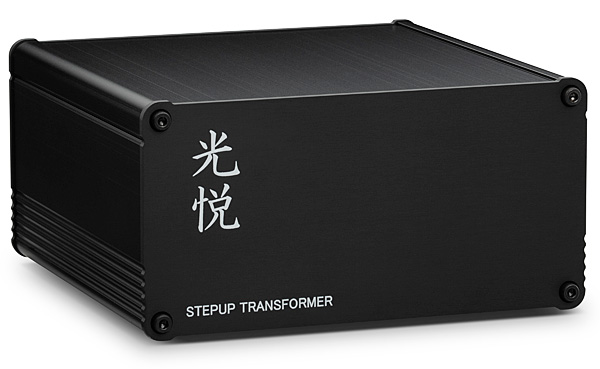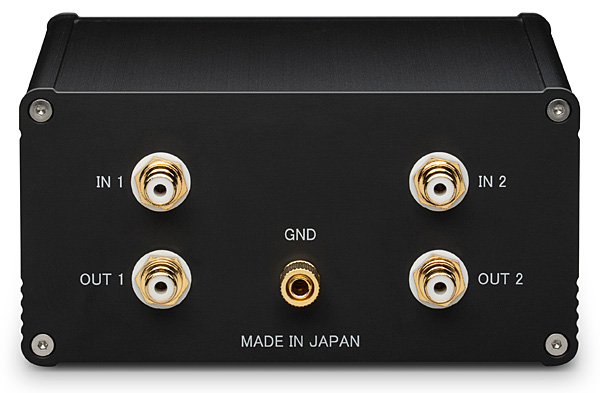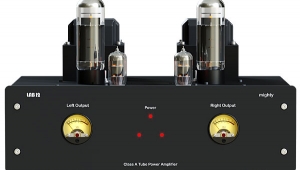| Columns Retired Columns & Blogs |
Thanks as always for an engrossing read, Herb. The month doesn't officially begin until your most recent Gramaphone Dreams are revealed unto us!
By the way, I notice that you often touch on materials as having inherent sounds - wood, plastic, glass, etc. in a cartridge body context; permalloy, copper, silver, etc. in a transformer/chassis setting; cables too, I imagine - and I have the same impression that what we hear is largely dictated by what is making (or channeling or communicating) the sound: I'm very much a wood and copper and gold kind of guy. Silver I keep well away from my system (cables included) because, to me, it sounds too much like chalk on blackboard.
On a separate point, the optical cartridge concept is fascinating and you describe it as a fourth category along with MI, MM and MC, but what about still other unique cartridge structures? I'm particularly thinking of the cantilever-less London Decca carts - what are your impressions of those? (I tried Googling "Herb+Reichert+Decca" but nothing much came up.)
Thanks and godspeed!
